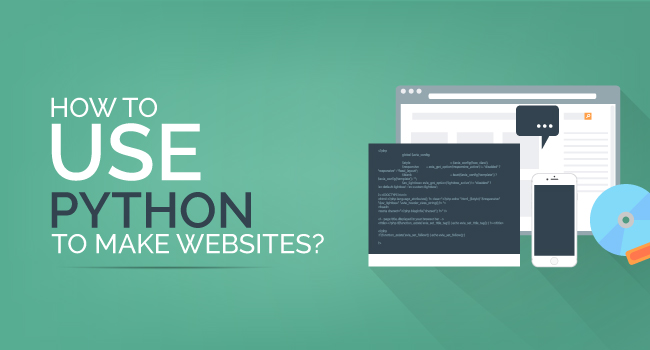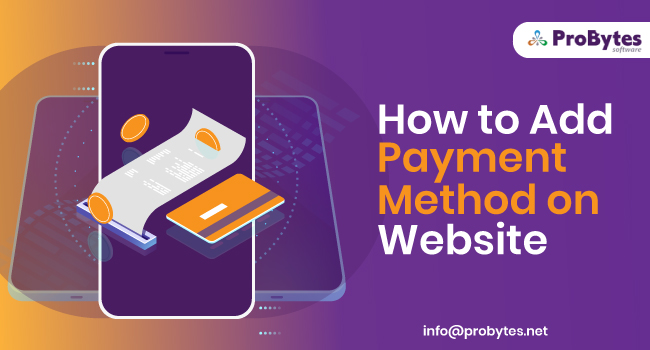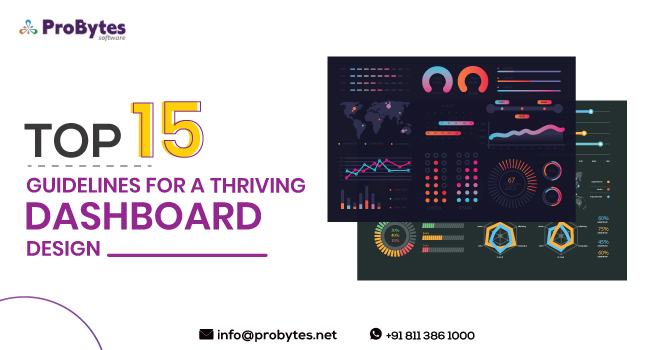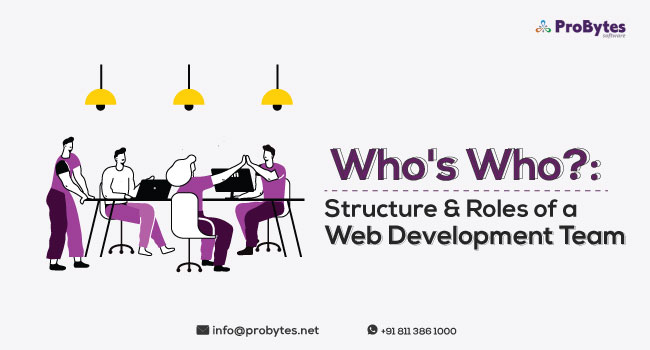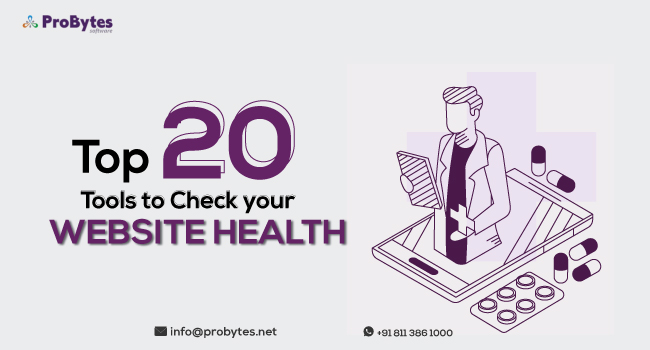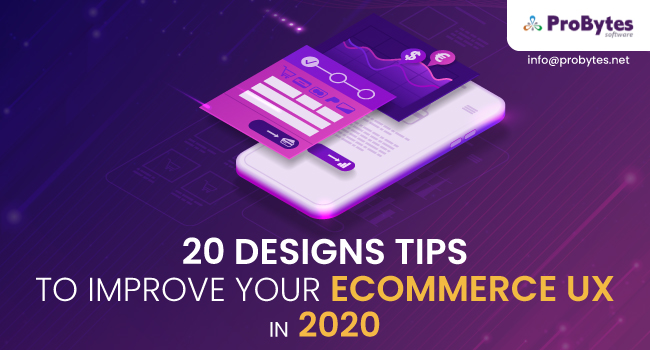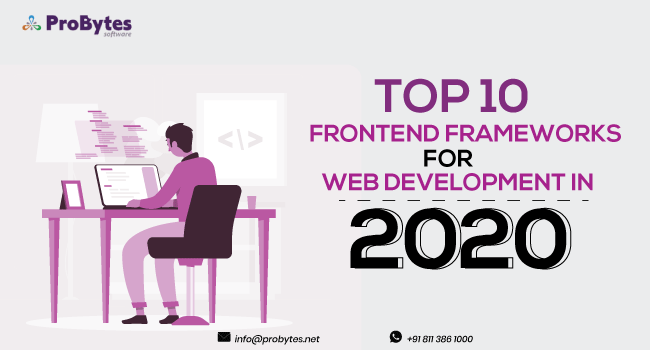Blog Category(283 Blogs)
How Much Does it Cost to Create a Shopping Website?
How much does it cost to create a shopping website? Determining the average cost of developing such websites is still not easy. It all depends on factors such as technology involved, business goals, time duration, number & type of products, website content, and several others.
Read Also: How To Create an Ecommerce Mobile App?
While various ready-to-use platforms can enable a smooth development of an e-commerce website, these platforms cannot be entirely relied on. Some of the common factors that play a significant role in determining the cost of developing a shopping website are as mentioned below:
- Is it a new/redesign/redevelopment website?
- The number of pages to be developed?
- The number of products to be listed?
- The variety of products available like size and color?
- Is the content ready for the products/website?
- The product images/graphics to be used?
- Is the domain registered?
- What is the status of the server?
- What are the modes of payment you plan to accept?
- Would you like to have a blog installed on your website?
- Do you want your website to be responsive?
- Do you need any additional features like social media buttons or advanced SEO?
Major Factors That Impact Website’s Pricing
1. Platform
The hosting mainly impacts an e-commerce website. A website that is hosted on an external server like Shopify and Magento is outside of your reach. Though this offers you a ready-to-use website with features, like simplicity, zero codings, stability, and reliability; it does not allow you to customize it as per your requirements.
A self-hosted website is hosted on its server and gives its owner access to its code. This enables you to customize the website as per your requirements, have full control over its features, and access its code. However, it does not allow you to install new updates, lacks support, might lead to technical issues, and also involves a high setup cost. A basic variant of the ecommerce store can cost you about $3,000.
2. Hosting
It is essential to pre-decide the hosting you would use for your website. When making a choice, determine the prices of web hosting service providers, the storage limit, website traffic, products, and orders. Once these factors are identified, choose between a shared and dedicated server.
Shared hosting is the type of service in which a site shares a hosting space with multiple other sites. Although available at a lower cost, it comes with its own risk of slow transactions. On the other hand, dedicated hosting refers to the reserved hosting space for a particular website. Although it may cost you higher, it comes with advantages like better speed, own IP address, admin control, and zero risks from other websites.
Few of the common hosting spaces include DreamHost that starts at just $8.95 per month, WP Engine for $29 per month, and others. Commonly, the total cost of hosting ranges between $20-$60 for a small website with light traffic, $60-$150 for a mid-sized, and more than $150 for a large-sized e-commerce website.
3. CDN System
A CDN system is the one that helps collect user requests and enables a faster content delivery from a server that is closest to a particular user. One of the most recommended CDN systems is Cloudflare that is available at zero cost as well as acts as a firewall against attacks.
4. Content Management System (CMS)
A CMS is a platform that facilitates creating, editing, and publishing of content. If your e-commerce website requires a CMS, there are two options available. You can opt for either a CMS as a part of e-commerce platforms like Magento, OpenCart, and osCommerce or the one as a part of the functionality of the custom-built online store.
While a majority of CMS are available for free, integrating and custom developing an eCommerce CMS can typically range anywhere from $1,000 to $10,000.
5. Amount of Data
The amount of data that needs to be uploaded on an e-commerce website is of prime importance. This is because a website with limited data space might not allow you to upload all the product details and in fact, deteriorate the website’s performance. Therefore, you must always opt for a website with ample storage space, and that offers you a dozen of product variables like color, size, price, model, and others.
6. SEO
The website’s SEO also plays a crucial role in determining the price of its development. Since each website is made up of thousands of web pages that have different titles, descriptions, and image attributes, it is essential to understand the significance of SEO. A good SEO may help the website to rank higher on the search engine.
Know More : How To Create a Website?
The SEO for a small store may cost you up to $2,000 and for a large one, between $4,000-5,000. However, it is important to be careful about the fraudulent companies existing in the market as they are likely to fool the corporate by claiming considerable benefits in a shorter span.
Website Features That Impact Its Cost.
1. Customer Registration
Getting a customer registered on a website is not at all easy. Several factors such as whether the website has the products that customers are looking for; whether its design is user-friendly; and if there are any additional benefits one gets on registration play a significant role. Getting a customer registered on a website can, in turn, help in offering special discounts, track order information, exclusive offers, as well as access their purchase history.
2. Search/Navigation Bar
A search bar on a shopping website is very crucial. Helping improve the overall customer experience, the search bar also leads to a higher conversion rate and increased sales. You can improve this bar further by adding more criteria to the search results like price range, color, size, and product type.
3. Complex Pricing
If the products listed on the shopping website have a complex pricing structure and vary from merchant to merchant, then this is likely to impact the cost of developing an e-commerce website. The cost can also get impacted due to other pricing factors like special discounts and offers, SKU-based prices, exclusive deals on products, and various others.
Read Also: How To Make Ecommerce Website Like Amazon
4. Product Reviews
Allowing your customers to share their reviews about the products listed on the shopping website can hugely impact their overall experience. It is also one of the critical factors that can drive future sales of the product. Therefore, having this feature on your e-commerce website can affect its overall development cost.
5. Checkout
A shopping website can have several checkout options. It can be as simple as quick pay and order or as complex as adding items, confirming the items, choosing the payment option, making the payment, and then, placing the order. Depending on the type of checkout process, the cost of the website’s development may vary.
6. Payment Options
Making a higher number of payments options available for the customers can help improve their overall experience. Apart from cash on delivery (CoD), some third-party payment options like PayPal, Authorize, SecurePay, and Square can also be offered. Based on the number of payment options you would like to make available for your customers, the cost of setting up the shopping website would vary. Adding a payment gateway can be done for free or may cost you up to $79.
7. Mobile-friendly
Do you want your customers to access your e-commerce portal only through the web? Do you want your shopping site to be mobile-friendly? If the answer to the latter is yes, then be ready to spend a little extra on the website development. The easier you keep it for your users to visit the website, the higher your cost of developing it would go.
Know More : How Much Does it Cost to Build a Website like YouTube?
8. Other Features
Additional features such as view order status for the customers, product variations for the sellers, view shopping history for customers as well as sellers can also impact the website’s development cost.
Website Design Is A Key Factor
Be it any business, a website’s design is a critical factor in determining its success. Since customers like to shop from the websites with flashy designs and that look lively, it is essential to keep your shopping website’s design at par to their expectations. However, one must remember that an e-commerce website’s design should be highly functional and offer an immaculate experience to the customers.
If you are looking for a template that is easy to set up your basic shopping website, then it would cost you somewhere between $0 and $300. Making any further adjustments would lead to some additional cost. Hiring an agency would cost you somewhere between $3,000 and $5,000. Therefore, we would recommend that you should not think about the dollars you would have to spend on building a website rather of the ROI you are likely to attain later.
Read Also: 15 Best Online Shopping Websites
Wrapping Up
To estimate the cost of developing a shopping website, it is essential to have a basic framework ready with you. Approaching a web developer or an external team without a layout for your website would not lead to any results.

It might instead lead to much confusion and make you anxious about the cost involved in developing the website. Therefore, it is recommended to always approach a web developer for website development with a proper layout so that you may get the work started in a single go.

 Python
Python Magento
Magento Odoo
Odoo How To
How To How Much
How Much Yii Development
Yii Development Core PHP
Core PHP Prestashop
Prestashop Latest News
Latest News Education
Education Web Design
Web Design Business
Business Ecommerce
Ecommerce Travel
Travel Banking and Finance
Banking and Finance Web Development
Web Development Ruby On Rails
Ruby On Rails Joomla Development
Joomla Development Ecommerce
Ecommerce Magento Development Services
Magento Development Services Hire a Developer
Hire a Developer Web Crawling Services
Web Crawling Services

